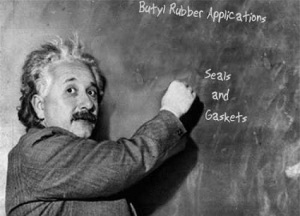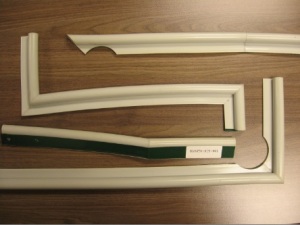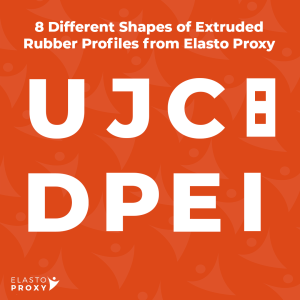Chemical Resistance and Rubber Products
 Learn about the chemical resistance of elastomers used in industrial rubber products.
Learn about the chemical resistance of elastomers used in industrial rubber products.
Clyde Sharpe
General Manager of Elasto Proxy
Rubber products such as seals, gaskets, and hoses are used with many different chemicals. Contact between a rubber product and a chemical can be continuous or intermittent, and may occur at high or low temperatures. For technical buyers and product designers, it’s essential to choose an elastomer that provides the right amount of chemical resistance. It’s also important to understand that other factors, such as chemical concentration and operating temperature, can determine whether a specific rubber is right for your application.


 Learn how UL 94 flame ratings for solid plastics can help part manufacturers select the right materials for flame resistance.
Learn how UL 94 flame ratings for solid plastics can help part manufacturers select the right materials for flame resistance.






